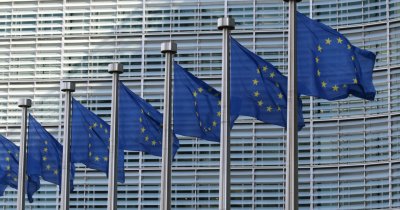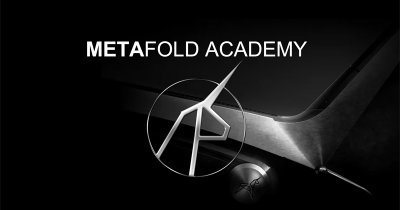Reuters writes that the proposal, approved by various EU representatives, aims to increase the supply and demand of SAF on the continent, which should enable lower emissions coming from the use of traditional kerosene.
Also, fuel suppliers are expected to deliver a fixed share of SAF (2%) to all EU airports in 2025, which will be raised to 6% in 2030, 20% in 2035 and up to 70% by mid-century.
At the same time, from 2030, 1.2% of the fuels used by aircraft are bounded to be of the synthetic kind, this share being increased to 35% in 2050. The main advantage of synthetic fuels is that they are manufactured with the help of captured CO2 emissions, meaning that the emissions released by burning them neutralizes the carbon captured for production.
As expected, not much of these fuels is manufactured for now and they are more costly when compared to fossil-based kerosene.
Airlines for Europe, EU's largest airline association, said in a statement that "the five leading European aviation associations representing Europe's airlines, airports, civil aeronautics industry and air navigation service providers (...) welcomed the adoption of the refuel EU Aviation Regulation and look forward to further SAF deployment globally."
Before it becomes law, the proposal must be approved by all EU countries.
 Mihai - Cristian Ioniță
Mihai - Cristian Ioniță












Any thoughts?